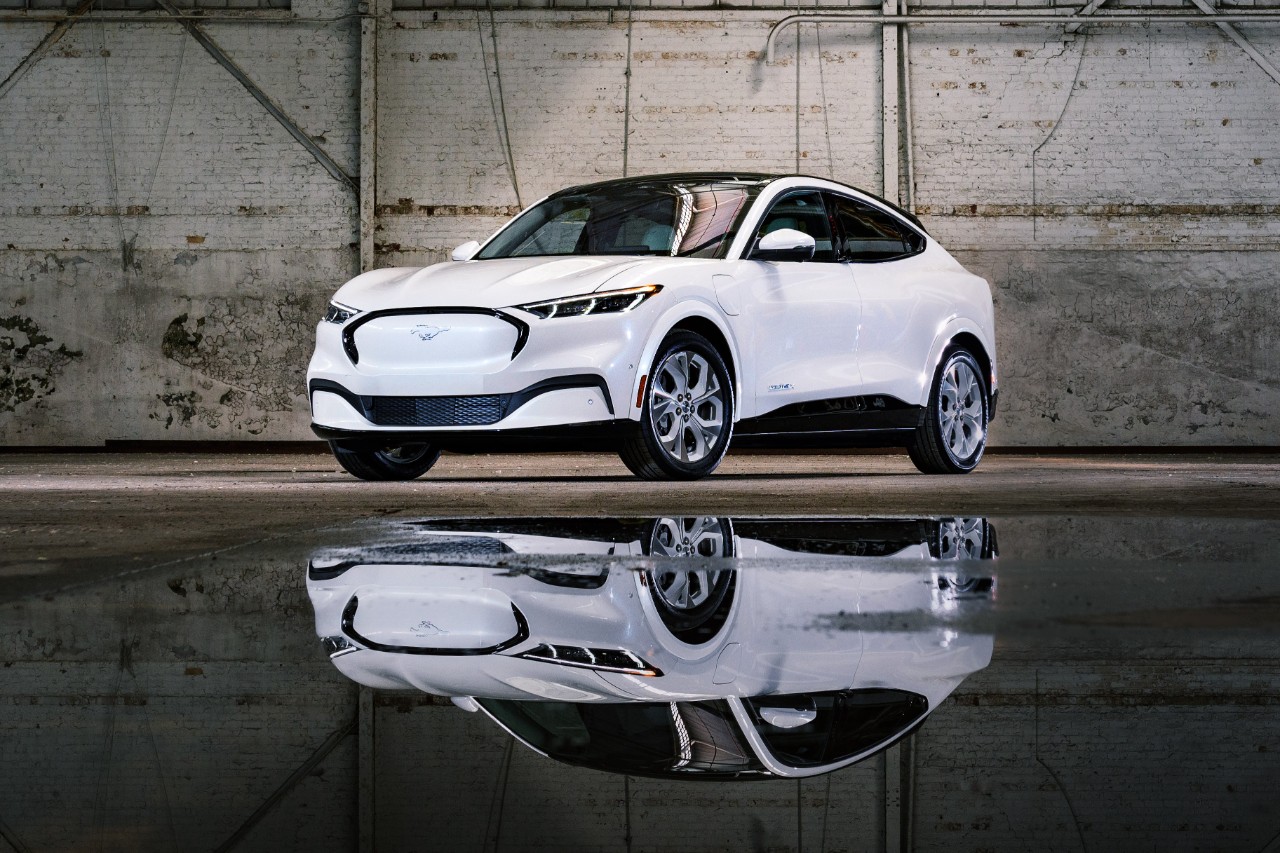
Ford's new F-150 has improved fuel economy. But with gas prices down, does it matter? Source: Ford Motor Co.
Gas prices in the U.S. have been falling like a rock lately thanks to a deep plunge in global crude-oil prices. That's widely seen as a boon for the automakers. Lower gas prices, the thinking goes, will encourage more buyers to select larger and thirstier vehicles -- and generally speaking, those are the more profitable ones for auto companies.
But how will the return of cheap gas affect automakers who have spent big bucks to make their big vehicles more fuel-efficient? Automakers like Ford Motor Company (F 1.52%), with its all-new F-150?
Will customers pay for fuel-saving technology?
One big challenge facing every automaker is this: Regulations in many parts of the world, including the U.S., will require vehicles to get much more fuel-efficient in coming years. But many of the technologies that can make vehicles more fuel-efficient are expensive. Will consumers be willing to pay more for a more fuel-efficient vehicle?
Ford appears to be skeptical. Its price increases on the all-new 2015 version of its best-selling F-150 pickup were relatively modest, despite the fact that the new truck incorporates some major fuel-saving technology, starting with its weight-reducing aluminum body panels.
Just the cost of converting its two truck factories to build the aluminum trucks must have run well into the hundreds of millions of dollars, not to mention the cost of the 90,000 sales Ford is losing because of the factory downtime -- and not to mention that, pound for pound, aluminum is a lot more expensive than steel.
It doesn't look like Ford will pass all of those costs on to its customers. That means profit margins on the new F-150 will almost certainly be thinner than those on the truck it replaces.
That will have a big impact on Ford's bottom line. It's not much of a secret that the F-150 is the biggest contributor to Ford's profits in North America.
And it's no secret at all that Ford expects its profit margins in North America to get squeezed. Back in September, Ford lowered its long-term guidance for profit margins in North America from "about 10%" to "8% to 10%." Executives said that the costs of meeting fuel-economy mandates were likely to be higher than Ford had previously expected.
Translation: They don't think they can pass all of those costs on to consumers right now.
The new F-150 should still sell well, but at what cost?
I don't think falling gas prices are likely to hurt sales of Ford's new truck. The new F-150 has received strong reviews, and Ford executives hasten to point out that improvements to its new truck go well beyond fuel economy. (For starters, its lighter weight means better towing capacity, too.) And lower gas prices might help Ford sell more of the higher-priced trim levels of its trucks, which would help improve profitability.
But it seems likely Ford won't be able to use improvements to the F-150's fuel economy to get higher prices as long as gas remains cheap. That could mean even tighter margins in years to come, as Ford has said that it will add more fuel-saving technology to the F-150 over the next few years (including a new transmission and a hybrid drivetrain) as regulations continue to tighten.
But as long as the U.S. government sticks by its tough fuel-economy rules -- and Ford has bet heavily that it will -- those improvements will have to be made.






